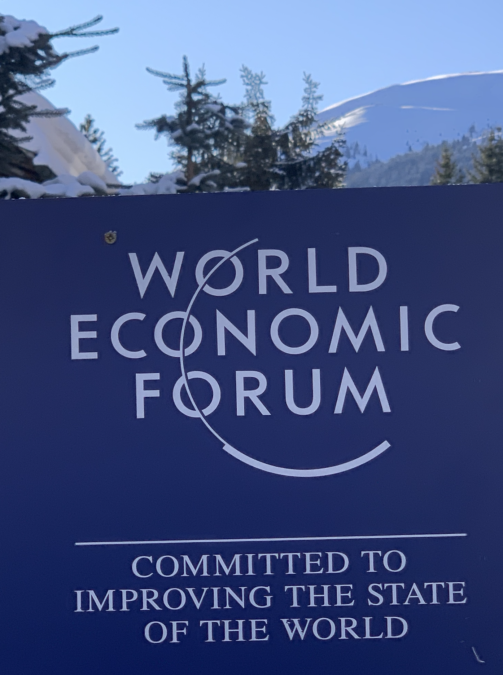There’s something different about Davos 2020…

Maybe it’s the new mix of attendees, maybe it’s the higher-level theme – or maybe it’s just the lack of snow. But there’s more than brisk air and sunshine along the Promenade this year, and the difference is palpable. Davos 2020 is about to begin, and the thousands of attendees, along with tens of thousands of support personnel, are taking the trains up the mountain to Davos Platz, setting out to change the world — and have fun doing it.
2019 was my first time speaking at Davos, and I chronicled my week here. Now in 2020, with these lessons behind me, I’ve learned to start earlier, stay later and update my event and party plans constantly. This year I’m advocating for improving cyber education for all, sharing the US’s new critical infrastructure resilience programme, and working on strengthening cyber norms across the world — all with many of the world’s leaders in governments, commerce, and academia.
Getting to Davos is easy this year, with coaches at Zurich airport waiting to whisk lucky badge holders up the mountain.
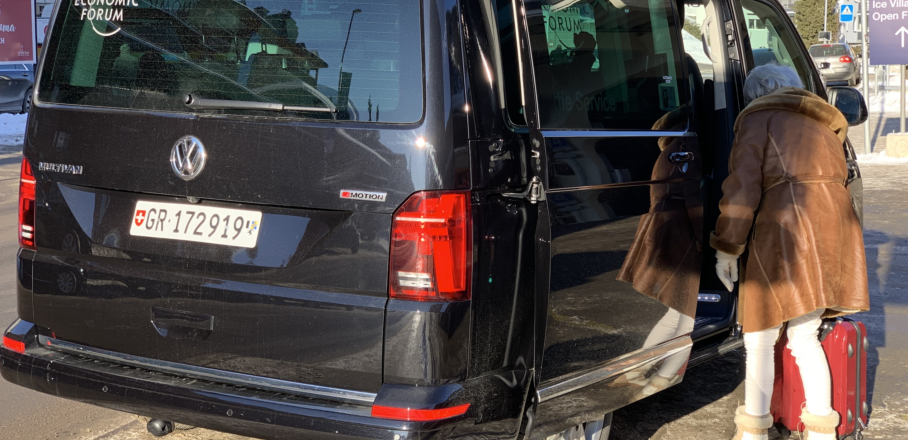
The train is still my favourite mode of transport to the top, as it’s both efficient as well as status levelling. Again, this year my train car held staffers, soldiers, CEOs, and diplomats, all happily chatting with that famous ‘Spirit of Davos’. And with Greta Thunberg here this year, everyone is on their best carbon neutral behaviour, so the packed train helps with that too!
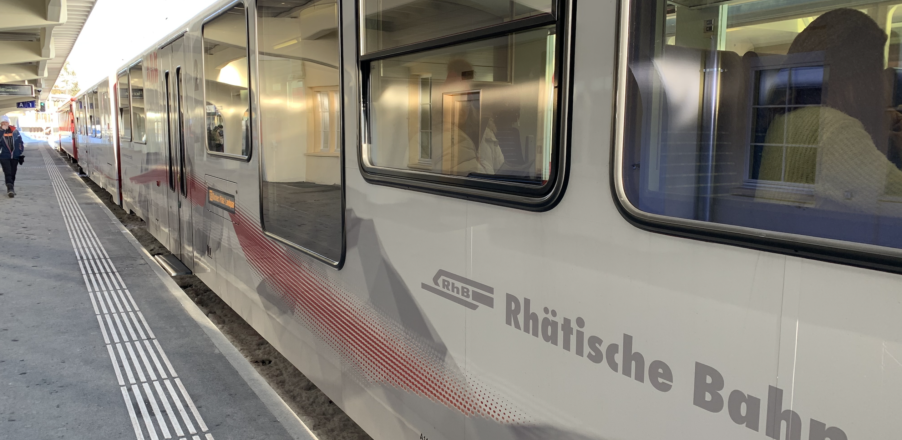
Monday is setup day for all of the ‘houses’ along the Promenade.
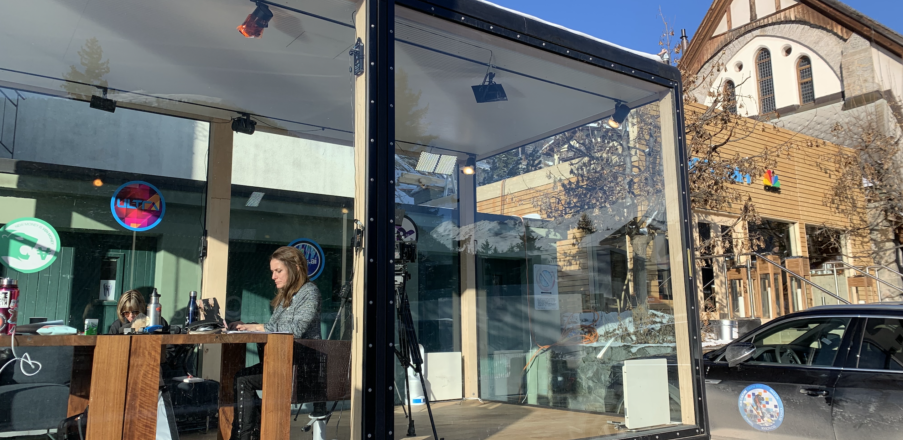


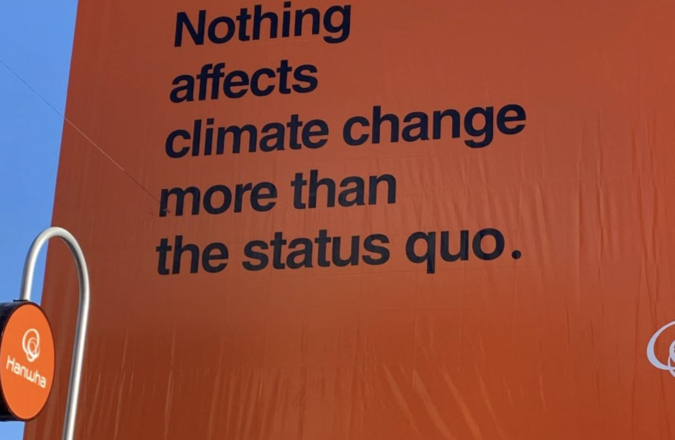
Almost every shop has been overtaken by countries and companies from around the world looking to join the discussion. Thousands of staffers and advance teams are pounding the pavement today, hanging their flag or logo-clad signs about trust, sustainability, and technology over top of the clothes, coffee, and cakes that are on offer the other 51 weeks of the year.
Where Davos 2019 was focused on technology, with the 4th industrial revolution being the theme, this year the World Economic Forum (WEF) is all about stakeholders in a cohesive and sustainable world. This means different things to different attendees I’ve met, with many trying to figure out how to fit their existing business or social agenda into this framework. WEF’s founder, Klaus Schwab, describes it as driving toward ‘stakeholder capitalism to overcome income inequality, societal division and the climate crisis’— and technology has a big role to play in that.
Dispatches from Davos 2019
While the stakeholders that this year’s ‘Davos Manifesto’ are focused on are primarily corporations, everyone and everything here in attendance is striving to be as one. Judging from the speeches, panels, signage and party themes, CEOs and presidents, companies and countries are all are stakeholders, but also it seems technology and movements are equally so.
This year’s technology has a strong leaning toward privacy and security once again, as well as the appropriate use of impending technologies including artificial intelligence (AI), 5G communications, identity, and quantum computing. The WEF ‘Tech for Good’ sessions will focus on how to use new technology including AI and blockchain for good causes, while the Cyber Futures Foundation security panels will focus more on how to lower risk of misuse of these same technologies. Both are important in looking at Tech for Good. Education, workforce, and climate impacts of technology are also dominant in the line-up of panels and parties alike.
Tonight, the first of the parties begin, hosted by media giants, countries, and companies alike, and with them the official start of Davos 2020. For the next few days, Davos will host over 3000 people from over 100 countries that can make a difference in our word. I’m here to participate, discuss, debate and celebrate, advocating for digital trust, critical infrastructure resilience, and global cyber norms. Stay tuned here this week, for my daily Dispatches from Davos.


